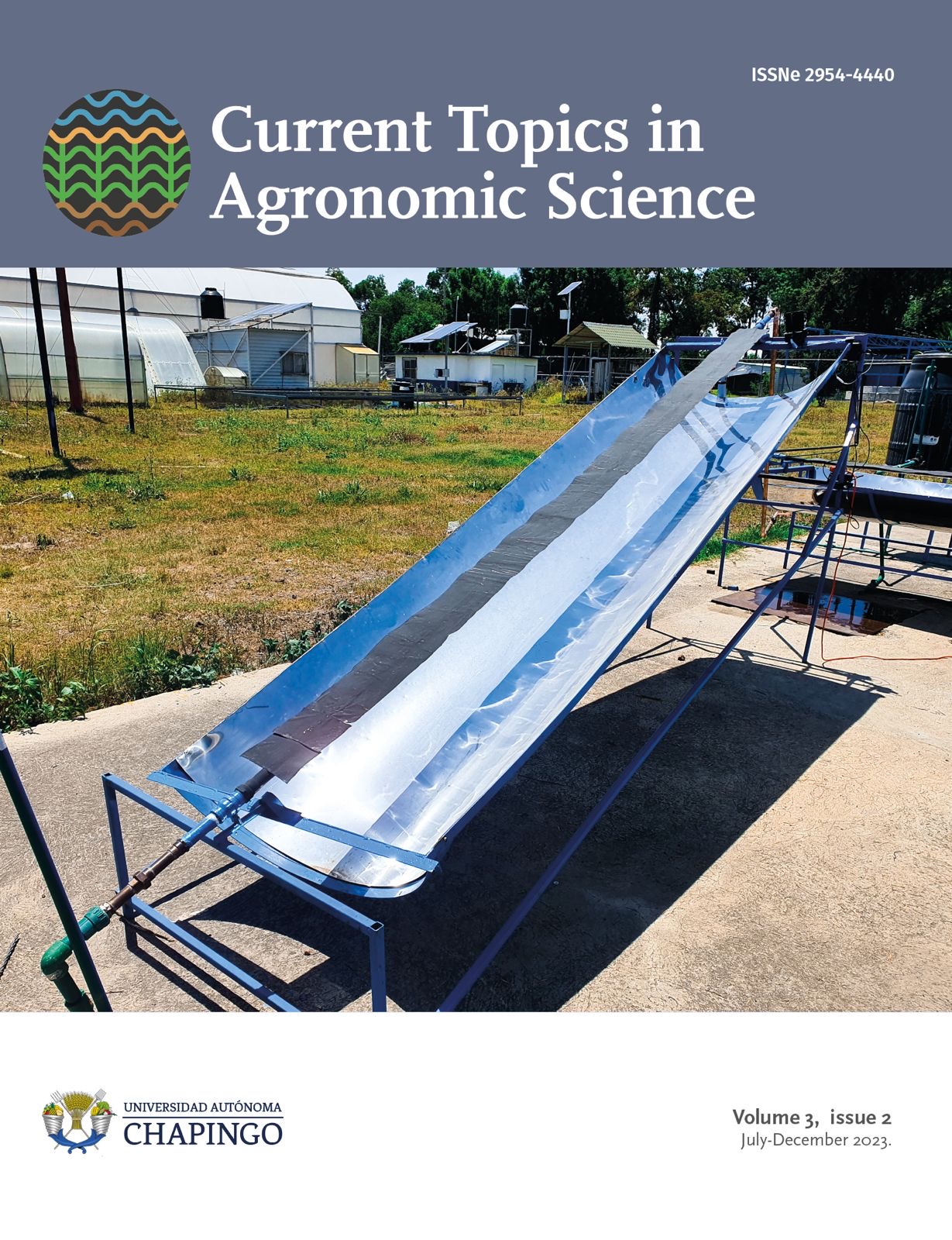Abstract
Physical, chemical or biological methods can be used for wastewater treatment. Artificial wetlands are systems specifically constructed to create a similar scenario of natural wetlands, optimizing the processes for removal of pollutants. The objective of this work was to determine the efficiency of the wetland located at the Barrio Santiaguito, Texcoco de Mora, Mexico, as well as quality treated wastewater according to the indicators established by NOM-001-SEMARNAT-2021 and NOM-003-SEMARNAT-1997, to establish solutions to improve treatment processes. Removal efficiencies were obtained of 100 % for total (TC) and fecal coliforms (FC), 57.7 % for Chemical Oxygen Demand (COD) and Biochemical Oxygen Demand (BOD), 98.47 % for settleable solids (SS), 60.25 % for total nitrogen, but only 22.92 % for total suspended solids (TSS). It was concluded that there are restrictions for TSS at the discharge of treated wastewater. Therefore, to improve the treatment process, it is necessary to decrease population diversity and density of aquatic vegetation, change filtering substrate, and periodic monitoring of the efficiency of wastewater treatment along different seasons of the year.

This work is licensed under a Creative Commons Attribution-NonCommercial-ShareAlike 4.0 International License.
Copyright (c) 2023 Current Topics in Agronomic Science



